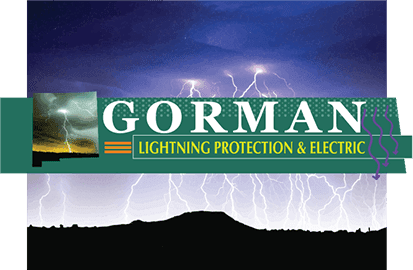Many people believe that simply using power strips in the home are enough to protect their fragile electronics and the home itself. This isn’t true. Although power strips can be helpful to a certain extent, using a whole house surge protector is a much better and safer choice.
There are two major kinds of power surges: Lightning is one of them, and the other is caused by sudden electrical surges in the power grid from, say, a factory nearby or downed power lines. These events can occur at any moment. Having a whole house surge protector will protect the home for both instances.
No matter how short the power surge may last, it still can damage any electronics that you may have. The damage that is caused by these power surges can happen instantly, but may not be noticeable for a while.
In addition to power strips to protect electronics, there are also surge stations. They can protect the coaxial cable, plug-in devices, and telephone lines.
The Best Defence
However, a whole house surge protector is the best defense against power surge damage. A suppressor for whole-house protection will calm the large and dangerous spikes in power. Also, a plug-in or individual circuit suppressor can be used for electronic devices and appliances that are vulnerable.
Both the whole-house suppressor and the surge suppressor work as if they were pressure-relief valves. When the power surge occurs, they read that the voltage is higher than normal and immediately send the excess voltage down to the ground wire.
Once that occurs, and the levels of voltage are back to normal, the electricity is back on. This happens only if the surge was not large enough to melt the fuse.
A whole-house suppressor is a hard-wired right to the service panel. This is a job that a licensed electrician should accomplish. All whole-house systems should have the ability to stop a surge as high as 40,000 amps; that is just a minimum.
Important features to have in these suppressors are lights or alarms, and thermal fuses. These are needed to let you know when an electrical device has been hit. Units to protect cable and phone lines could be small whole-house protectors and are separate. These units will protect televisions, answering machines, modems, and faxes.
Whole-house protectors may not completely stop surges. There may be as much as 15% of voltage that could leak past the protector. This is when the plug-in protectors are useful. Any work involving whole house protectors should be done by a qualified electrician for your own protection.
Check out how Gorman’s can help you protect your entire house.


